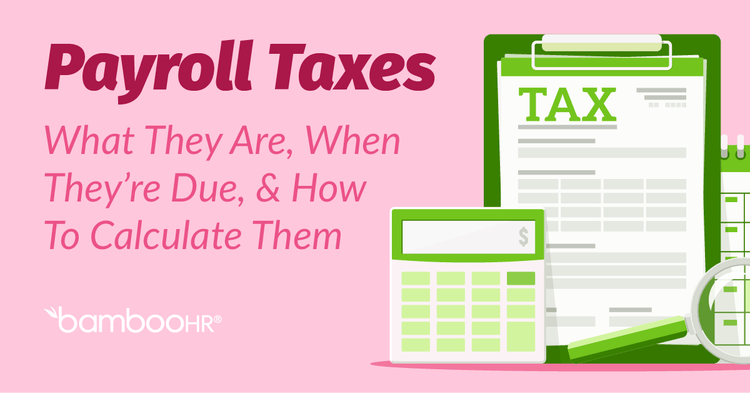What Is a W-9 and What Is It Used For?
Form W-9, or Request for Taxpayer Identification Number and Certification, is completed when a person or company pays another person or company (e.g., independent contractors and freelancers). Most importantly, the person completing the W-9 form isn’t employed by the company but earns some form of income or payment from the company.
For example, when a business hires a contractor, the contractor completes form W-9 before starting their work. The business then uses the completed form W-9 to collect tax information on the contractor, such as their Tax Identification Number (TIN), to prepare form 1099-NEC and report payments of 600 dollars or more made to the contractor by sending form 1099-NEC to both the IRS and the contractor.
A W-9 isn’t sent to the IRS but is considered a simple information-gathering form to help companies and banks prepare their taxes and report their finances.
Form W-9 collects five pieces of information:
- Name
- Business name (if applicable)
- Address
- Taxpayer identification number or social security number
- Type of business, such as a sole proprietor, S-Corp, C-Corp, or other (if applicable)
Who Needs to Fill Out a W-9?
A W-9 form is completed by an individual, not the bank or business requesting it. W-9 forms are most frequently completed by the following:
- Contractors
- Freelancers
- Other self-employed individuals who receive more than 600 dollars from a person or company without being an official employee
Less commonly, people may need to complete form W-9 when earning other types of income, including:
- Property acquisition or abandonment
- Debt cancellation
- IRA contributions
- Dividends
- Miscellaneous income
- Mortgage interest
- Real estate transactions
- Mutual fund and stock sales
Do I Have to Pay Taxes if I Fill Out a W-9?
If you receive more than 600 dollars from that company in a calendar year, then yes. However, simply filling out a W-9 doesn't require a person to pay taxes. These payments aren't typically subjected to IRS withholding, meaning it is the payee's responsibility to track their income and pay the necessary taxes.
Compensation Doesn't Have to Be Complicated.
From tax deductions to direct deposit, BambooHR Payroll makes it easy to manage your team's total compensation in a single, centralized system.
Why Is a W-9 Necessary?
Businesses use W-9 forms to collect information from contractors or non-employees they are paying. Most importantly, W-9s help businesses collect contractor or non-employee’s tax identification number or social security number. Businesses and banks use the information on W-9 forms to determine if federal tax withholding is required on the person's payments and to help when they file taxes.
Form W-9 also certifies whether the contractors or gig workers are subject to backup withholding, meaning the business has to withhold income tax for the person and send it to the IRS. Individuals who are subject to backup withholding will have previously been notified by the IRS and need to indicate their status on their W-9.
What Is the Difference Between a W-9 and a 1099 Form?
A W-9 form collects personal information from the contractor before they start working. While there are a number of 1099 forms, they’re generally used to report income that wouldn’t be included on a W-2 form. Businesses paying contractors and other non-employees at least 600 dollars need to use form 1099-NEC to report these payments to the IRS.
Companies don't have to file a W-9 with the IRS, but they are required to complete and file 1099-NEC forms for every contractor when they file taxes. Essentially, a W-9 collects information and a 1099-NEC reports the information.
Is a W-9 the Same as a W-2?
No. W-9 forms are completed by non-employee contractors or people who receive payments, while W-2 forms are completed by employers for their employees. The information on the forms is similar, but a person wouldn’t fill out both forms for the same business.
How Much Taxes Will I Pay on a W-9?
A W-9 form isn't submitted to the IRS but provides information businesses use to complete a 1099-NEC form of a person's annual earnings. Payments earned by a contractor who completes a W-9 form aren't subject to IRS withholding, meaning it’s the payee's responsibility to report the income and pay the self-employment taxes, which is calculated at a rate of 15.3 percent as of 2022.
Can I Refuse to Fill Out a W-9?
Yes. If someone feels uncomfortable providing their personal and social security information to a company, they can refuse to complete a W-9. However, without a TIN, the business is required to withhold taxes from the person's payment at a rate of 24 percent, also known as backup withholding.

Navigating all the acronyms, forms, and questions of payroll taxes can be downright intimidating. We made this guide to help you sort through it all.

Payroll is your biggest expense and you cannot afford to get it wrong. Learn how to use compensation as a recruiting and retention strategy, and boost productivity.